The value-based decluttering method changed my attitude toward the task – and turbocharged functionality in my small home
It's proven to be transformative for my home over the last six months
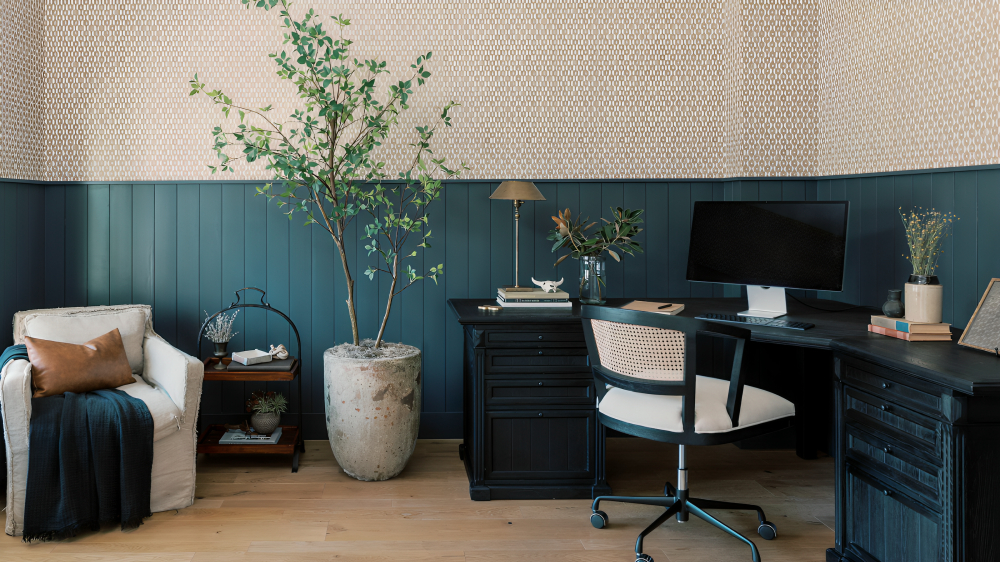
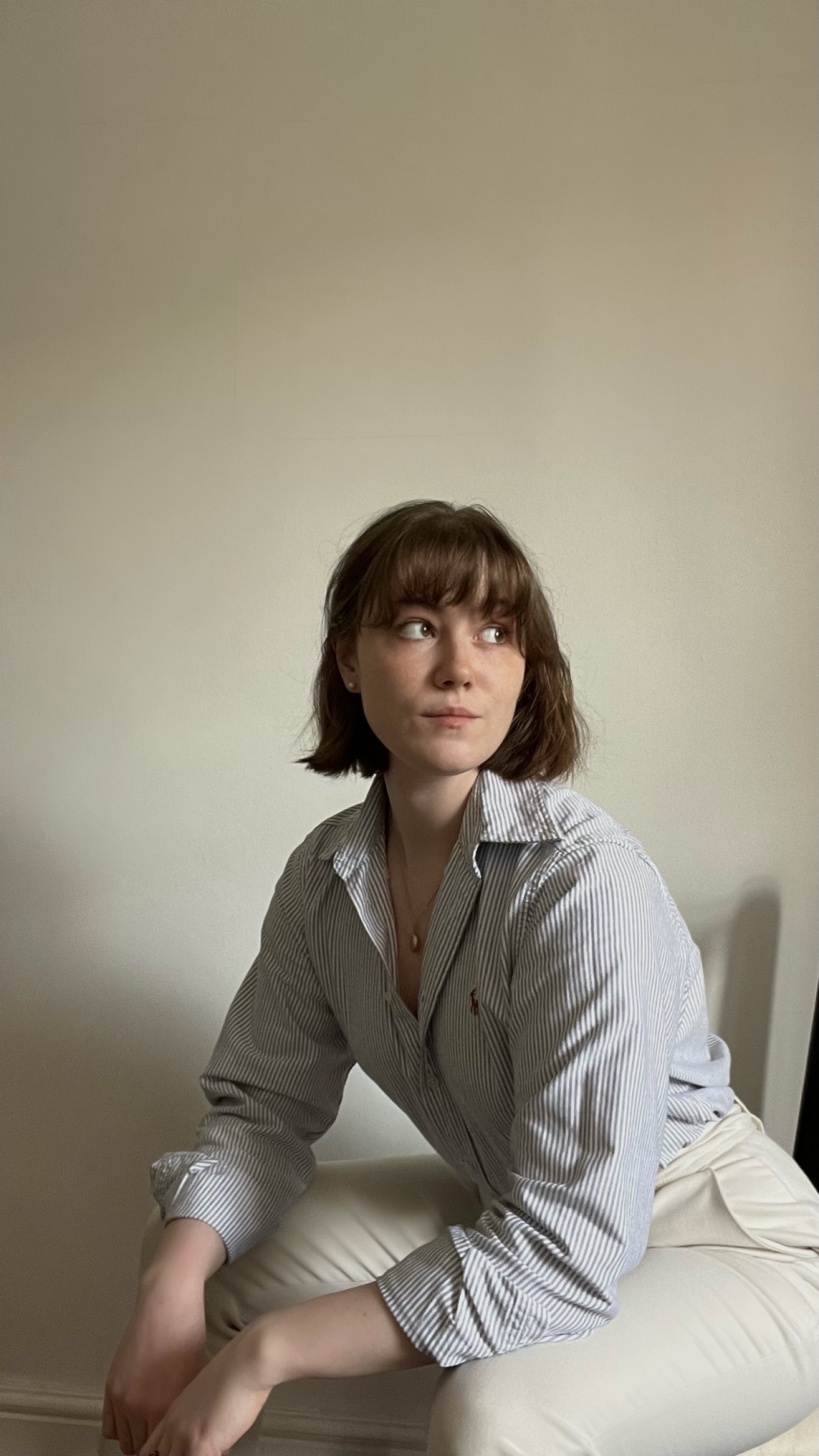
Around six months ago, I realized I had a serious clutter problem. Even though I cleared stuff out regularly, my home still felt chaotic, and nothing seemed to suit my needs.
It turns out I was chasing 'aesthetic perfection' and taking my home further away from functional every time I decluttered. That is where value-based decluttering has come in to save the day.
This simple yet reflective home-organizing idea has completely changed how I view and sort out my belongings, and I will never chase 'perfection' again.
What is value-based decluttering?
The idea is simple enough – you declutter and organize your home based on your personal values, above aesthetics or trends. However, the practice takes some self-reflection and planning before putting it into action.
The talk this decluttering tip came from was Simple Steps to Organizing Your Life According to Your Values, on YouTube, was given by Shuli Steele, co-founder of Bell Curve Partners and a systems strategist focused on planning, designing, and optimizing places for productivity with measurable results.
The goal of value-based decluttering, Shuli says, is to ‘reframe organization not as a stressful event but as an ongoing exercise to surround ourselves with the belongings that matter.’
With this method, I went from trying to force my items into a pre-set mold of uniform baskets, matching containers, and cabinets galore, to molding my home to suit my needs – leaving items out that I use regularly, and mixing up categories to keep items where I used them most.

Opening the talk, Shuli explains, ‘We need to change how we value and organize our beliefs and consider how they support our lives, rather than define or influence it.’
As someone who had previously chased the most aesthetic organizing tricks I’ve found on social media, this approach was a sheer departure from what I was used to. It has simultaneously been one of the most difficult decluttering tips I have tried, but also one of the most effective.
Previously, the goal for my home was to find a picture-perfect organization system, even at the expense of practicality. This certainly aligned with my work values, as I strive to help people make their homes beautiful. On reflection, my previous methods did not align with my core personal values of having an efficient but laid-back, slow-living home.
With value-based organizing, I was forced to ask myself what it really is that I value most in my day-to-day life, and change up my space to reflect that. The final result was some unconventional organizing methods, but they ended up working perfectly for my space and changing my attitude to decluttering forever.
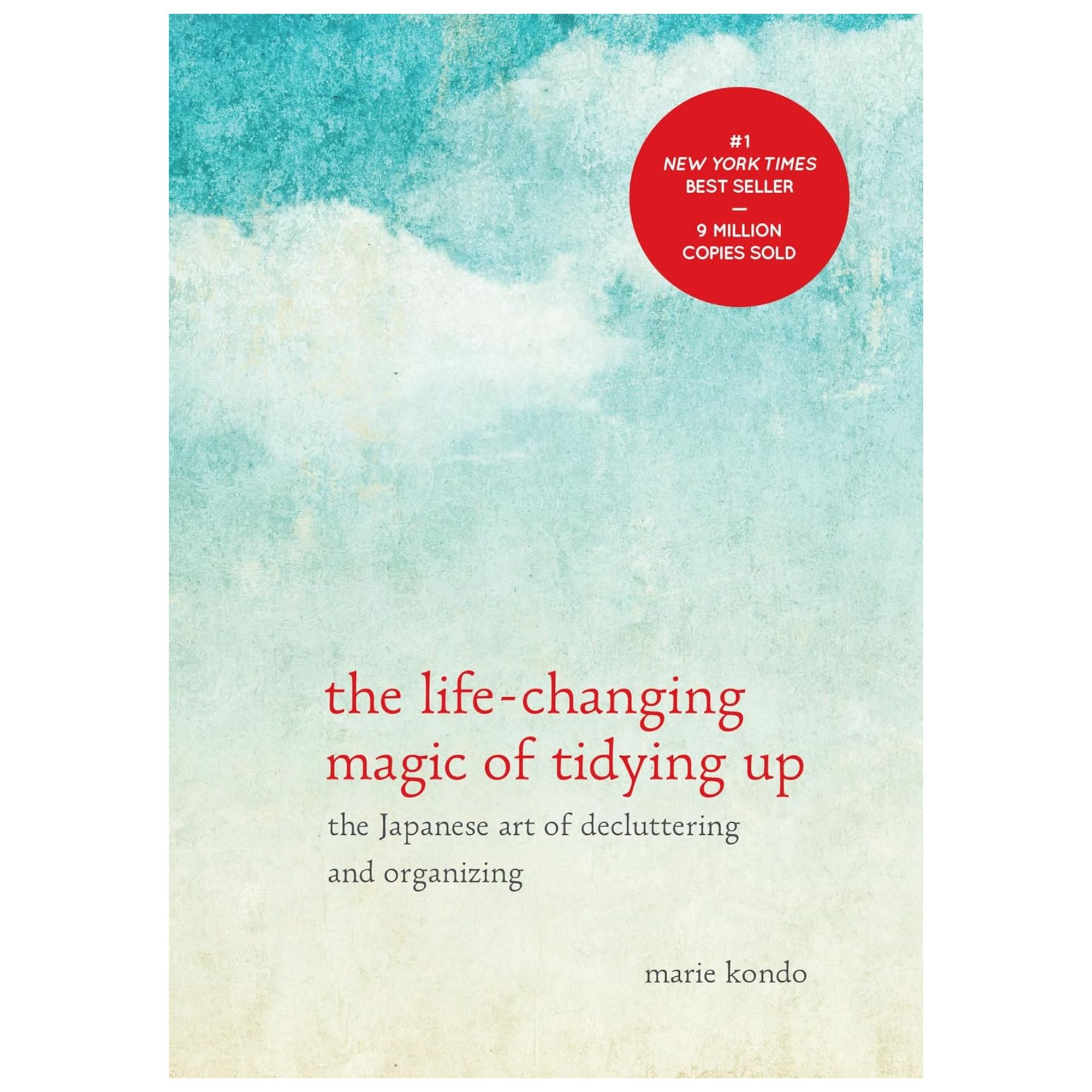
If you like this more positive approach to organizing and decluttering a home, consider reading Marie Kondo's bible on decluttering and tidying to help you find joy in your items.
The four steps to value-based organizing
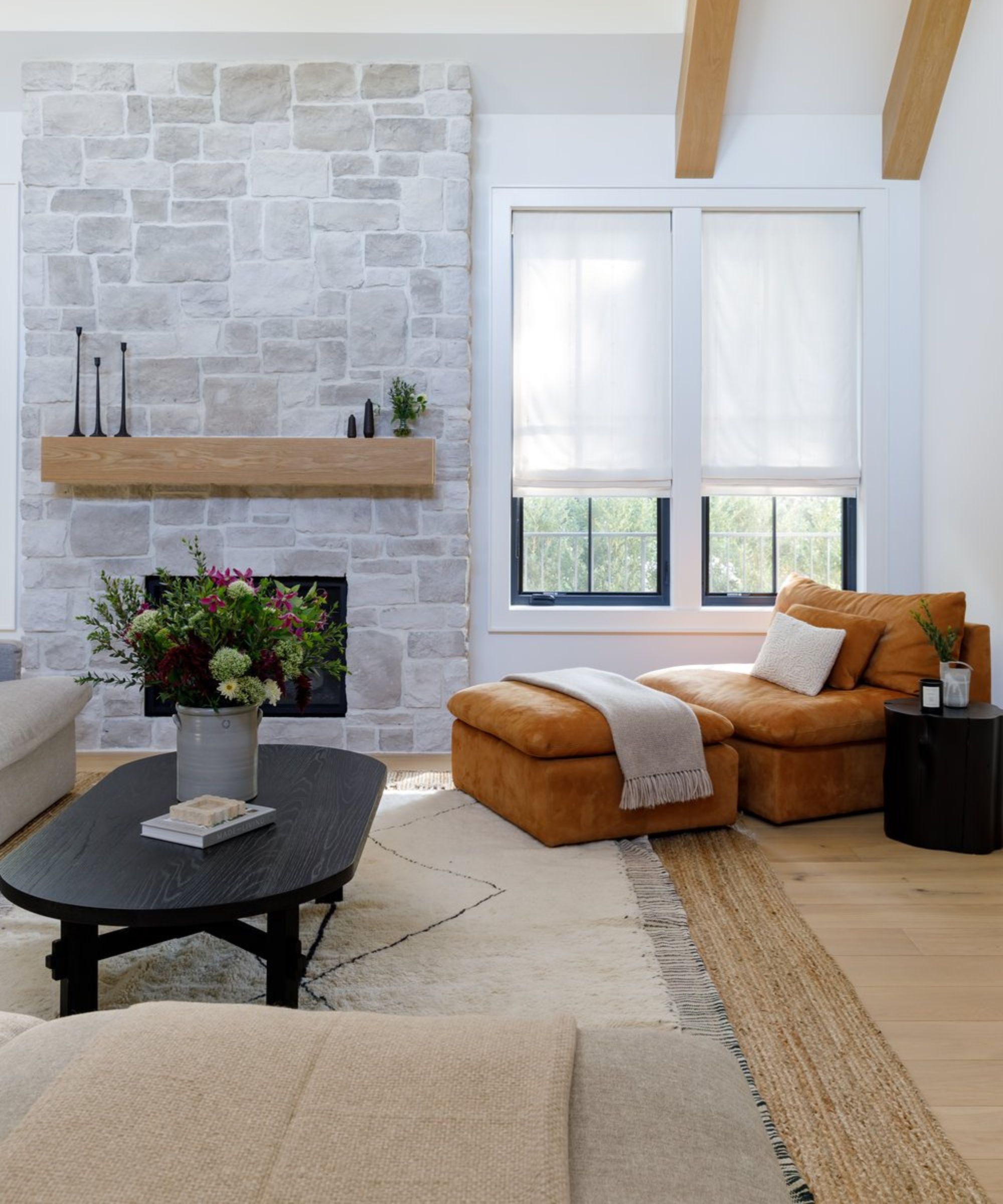
Value-based home organizing can help you create a more peaceful living space that caters to your needs.
Breaking it down, Shuli shared four steps you should follow ‘to understand what we have and how we organize our belongings,’ going on to say that, ‘homes should have value statements that guide the decisions we make in our homes and make us successful.'
1. Consider how useful something is

Usefulness-based decluttering is perfect for practical spaces such as garages, attics, and basements.
To decide what to declutter, Shuli advises, ‘In order to create a value statement for your home, start by identifying what is useful, what has a purpose, and what supports how you live in your home.’
Shuli uses her snowblower and lawn mowers as prime examples, explaining that both are old, not aesthetically pleasing in her shed, but very useful. She adds, 'If I were to judge either one by the typical metrics of aesthetics or by how often I use them, they would each fail that test. But if I judge them both by usefulness – in this case safety and quality of life – they are very useful.’
This shift in mindset helped me to break away from some of the pitfalls of challenges such as the 90/90 decluttering rule, which dictates that you get rid of an item that you haven’t used in 90 days, and won’t in the next 90. Take my painting supplies, for example. I hadn't used them in over a year and didn’t plan to when I was first decluttering my home with the value-based rules.
By the 90/90 logic, they should have been thrown out. Now, however, a few months later, I have decided that I do want to repaint a room – luckily, I still have them and have stored them all neatly in a large heavy-duty storage tote from Walmart to protect them from damage in my shed organization ideas, as they are useful.
2. Consider if an item's beauty add enough value
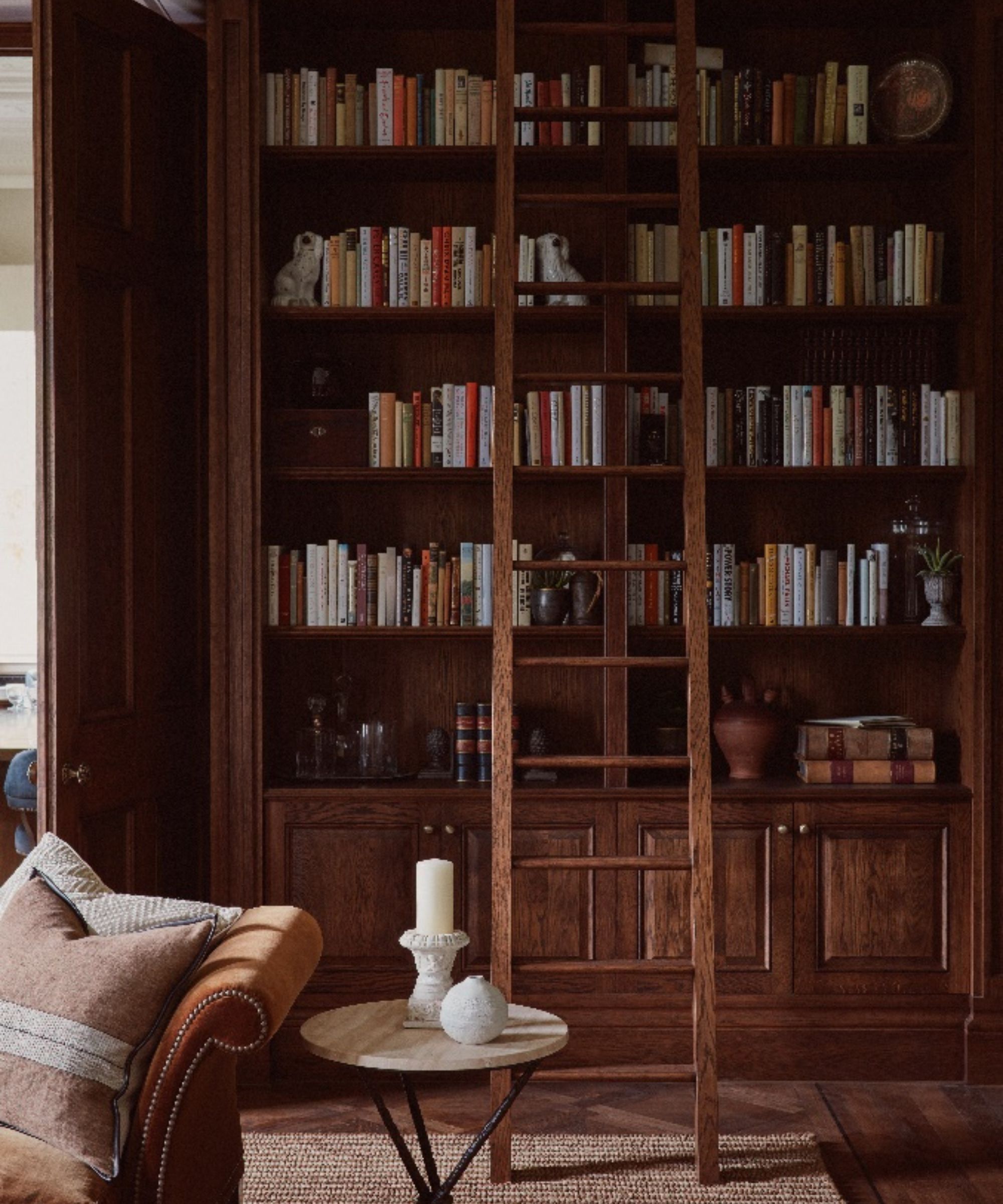
Beauty-based decluttering helps you maintain a house that makes you feel at home, as beauty is a function in and of itself.
Another benefit of value-based organizing is that it doesn’t alienate purely beautiful items and order you to cast them out, even when trying to be more ruthless when decluttering.
Shuli says, ‘Next, write down what is beautiful. Think of the art and artifacts in your home – the things that tell your story. Beautiful items should be on display – our enjoyment comes from viewing them.’
Shuli suggests spending some time writing down the things you find most beautiful in a home and then using that list to determine what you want to keep on display in your own home.
For me, this meant writing down a list of things that I gravitate towards when I sat down and looked around my room, such as the artwork and family photos on the walls and the old books and houseplants scattered around on shelves.
This then highlighted a few items that I had on display that, with reflection, I did not find that beautiful and actually make a room look really messy – these are the items I then put to one side.
It is a fantastic decluttering tip for collectors and hoarders.
3. Next, declutter
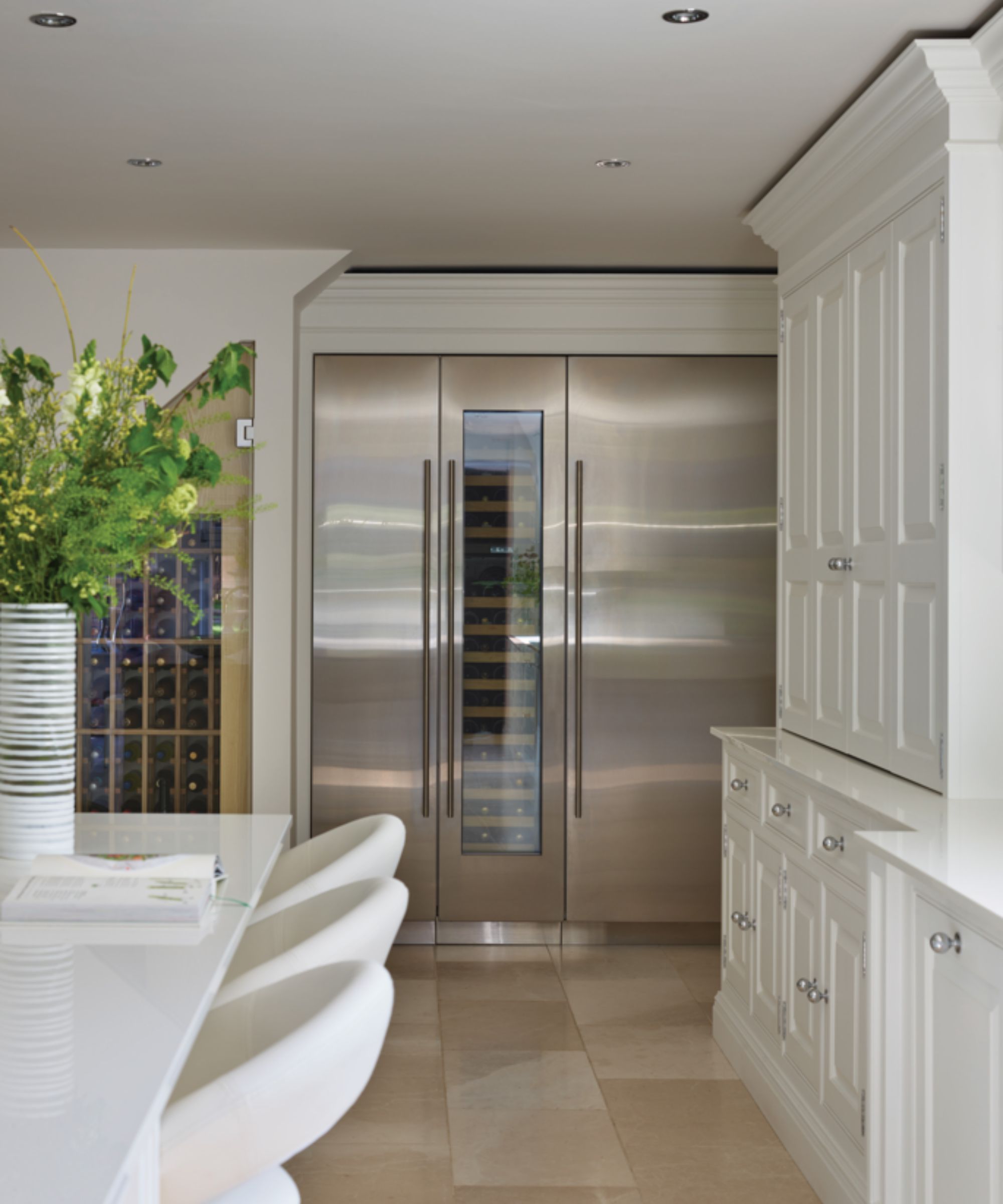
When you have established what is important to you, it is easier to identify what is not and get rid of it.
Now that you have established which items are useful to you, and which are beautiful and additive to your home, you have a good idea of what you value most in your home. Now, you can do value-based decluttering well.
Shuli recommends, ‘Go through your home first with your value statement. Look around at those things that you have considered both useful and beautiful. Identify the items that you want to keep, and dispose of the things you do not.’
When decluttering, I used three baskets with handles, such as these folding storage baskets, available in packs of six at Amazon, and the 1, 2, 3, 4, 5 decluttering method to categorize items I needed to move elsewhere in the house, items I needed to put in long-term storage (such as seasonal or sentimental items), and items I needed to declutter. Using baskets with handles made them easier to carry around the house or to my car to clear my home.
4. Organize
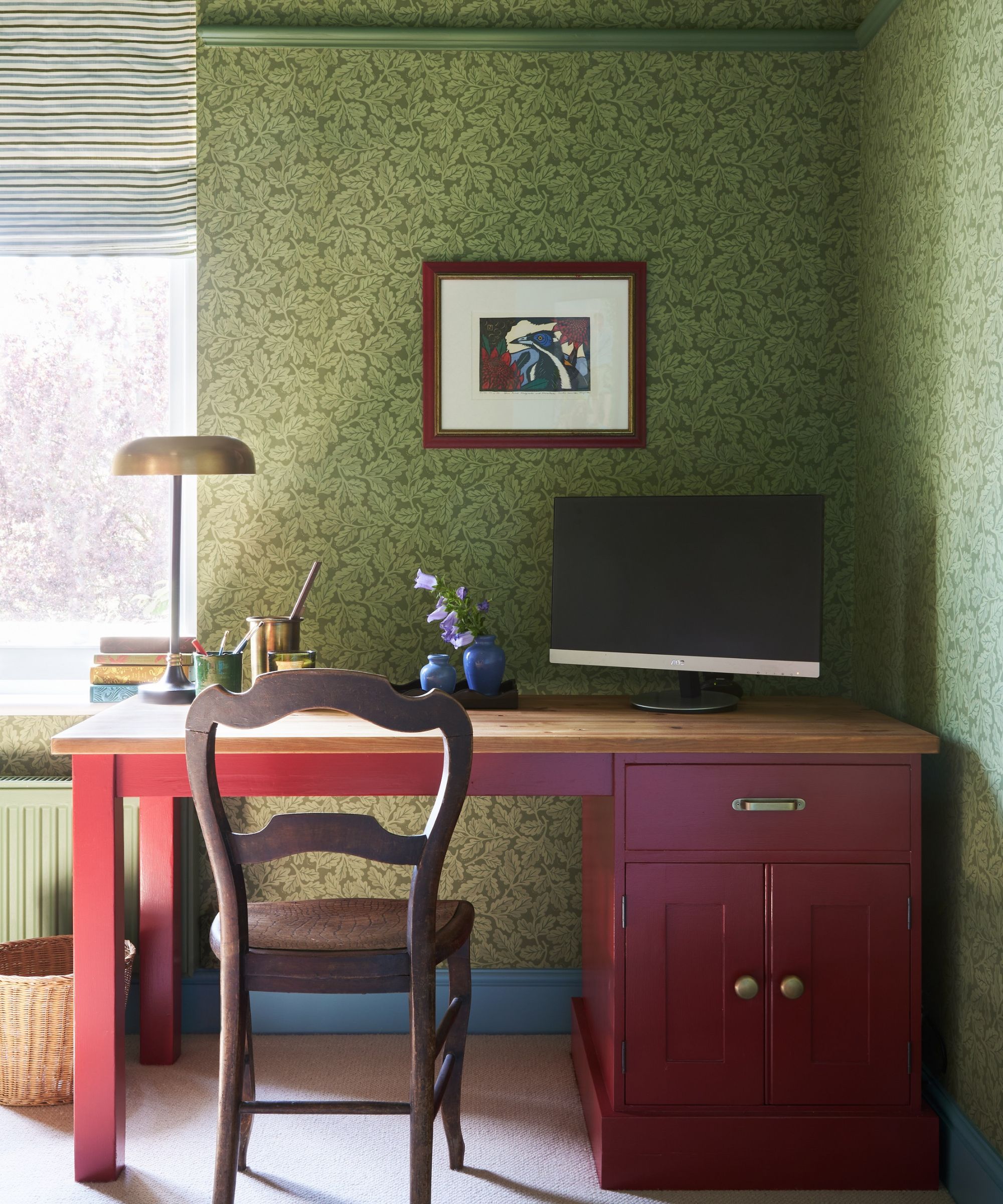
The value-based decluttering system can also be used in home and office workspaces to improve productivity.
Organizing is a crucial part of this value-based approach. It is the step where you make your home's belongings and spaces functional.
Shuli says, ‘Organization begins after we have identified our values and written down what is useful and what is beautiful to us in our homes. [...] For example, I am a runner, I value time on the road, and at one point my running gear was all hung up or folded and stored in different parts of the room and it would take 10 minutes to get ready. This was then sometimes a reason not to go. So, I changed my priorities.'
A key example of this in my home is how I organized craft supplies. Previously, they were scattered around my home office, in lots of random drawers, baskets, and shelves – whenever I could fit them into a system that looked nice. The result of this, however, was that I never used them, and everything from clay to sewing materials was left to collect dust.
As two of my core values are creativity and efficiency, I reshuffled my home office storage ideas so that everything is now kept together on one shelf, out on display. Yes, it is a little visually noisy, but they are super simple to grab and go, and I have found myself reaching for them more often, rather than scrolling aimlessly on my phone.
This also follows another one of Shuli’s home organizing golden rules – ‘When looking for systems for your home, consider several things: the time it takes to set up, to store, to retrieve, and to maintain the system. Choose the ones that are best for you.’
What to shop
Although I have broken away from an aesthetic approach to organizing, I still use these key pieces to keep items neat and easy to access:

I use my under-bed storage ideas very similarly to Shuli. They house my bed linens near where I need them to make changing the bed quicker and more intuitive, and my activewear, so I am encouraged to get ready and go to the gym.
 Two sizes
Two sizes
I could not organize my home without storage baskets. A great example is how I use them to help keep all my miscellaneous craft supplies together so that they can sit on the shelf alongside my sewing machine, ready to grab and go.
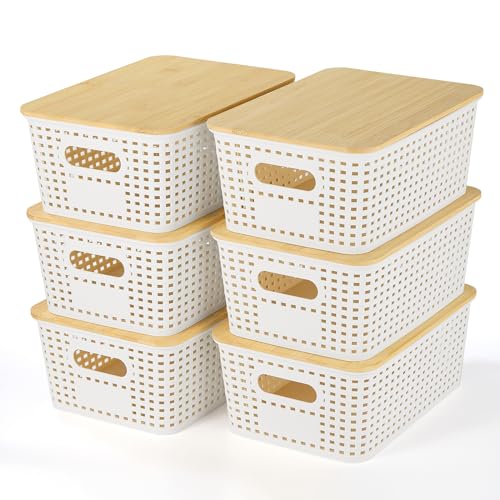
When it comes to organizing a kitchen, small plastic bins are a must have. They are easy to clean so no spills go moldy, and this set is stackable, making it easier to use up all the available space on a tall shelf.
Meet the expert

Shuli Steele is the VP of Workplace Strategy & Technology at Impec Group and co-founder of Bell Curve Partners consultancy. She has over 20 years of experience planning, designing, and optimizing places for productivity with measurable results.
She holds certifications in PMP, SFC, LEED AP, WELL AP, and IBM Garage, and has a master's degree in architecture with a focus on learning and workspace productivity.
As with any decluttering methods, however, Shuli reminds us that, ‘We need to revisit these value statements periodically as our lives change, and the things we value change as well.’
Sign up to the Homes & Gardens newsletter
Design expertise in your inbox – from inspiring decorating ideas and beautiful celebrity homes to practical gardening advice and shopping round-ups.

Chiana has been at Homes & Gardens for two years and is our resident 'queen' of non-toxic living. She spends most of her time producing content for the Solved section of the website, helping readers get the most out of their homes through clever decluttering, cleaning, and tidying tips. She was named one of Fixr's top home improvement journalists in 2024.
You must confirm your public display name before commenting
Please logout and then login again, you will then be prompted to enter your display name.
-
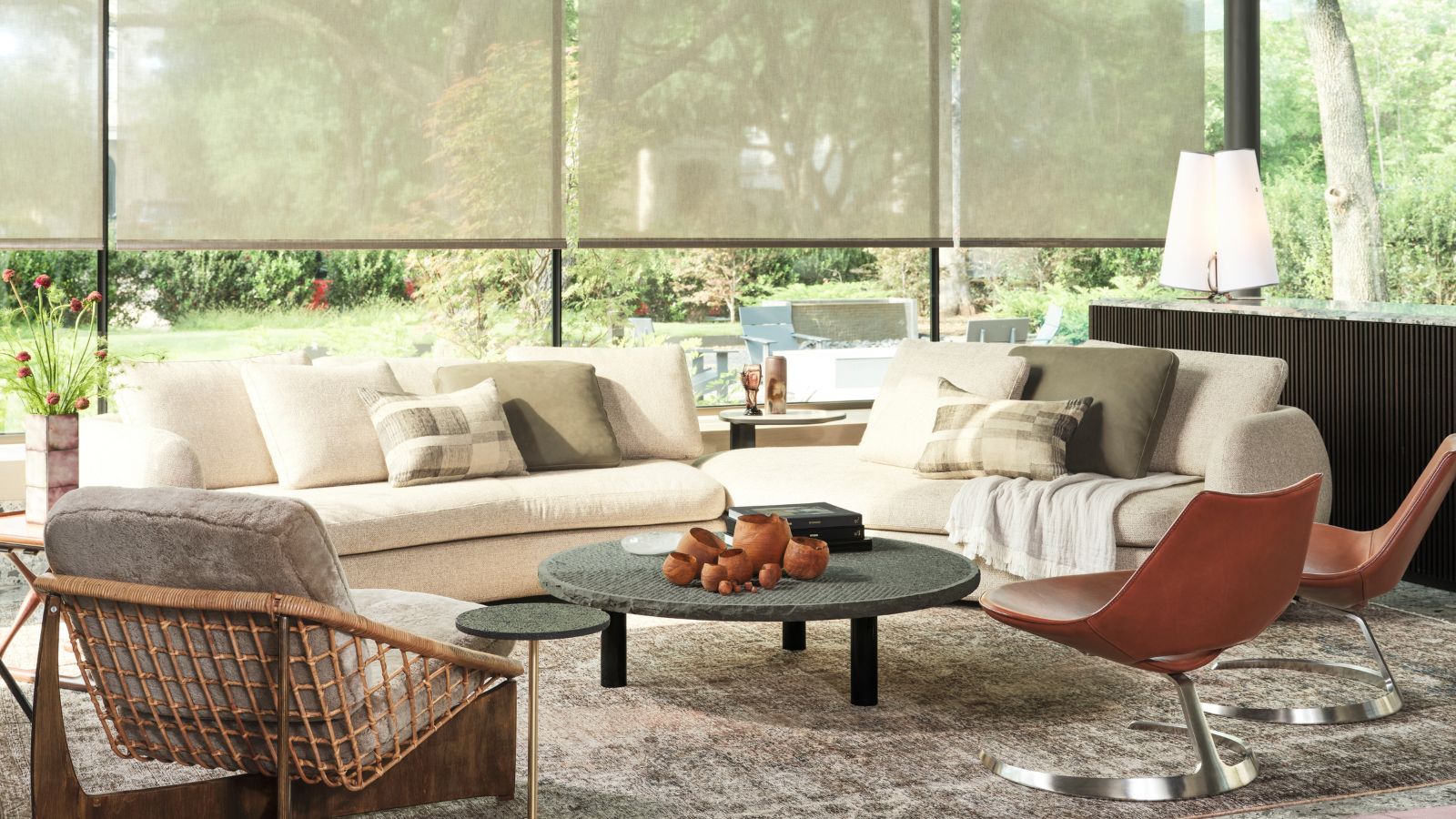 Thoughtful modernism – how one Dallas home makes bold contemporary design feel warm, welcoming, and comfortable
Thoughtful modernism – how one Dallas home makes bold contemporary design feel warm, welcoming, and comfortableWith its mix of textural finishes and carefully curated furnishings, this modernist home is a refreshing retreat
By Karen Darlow Published
-
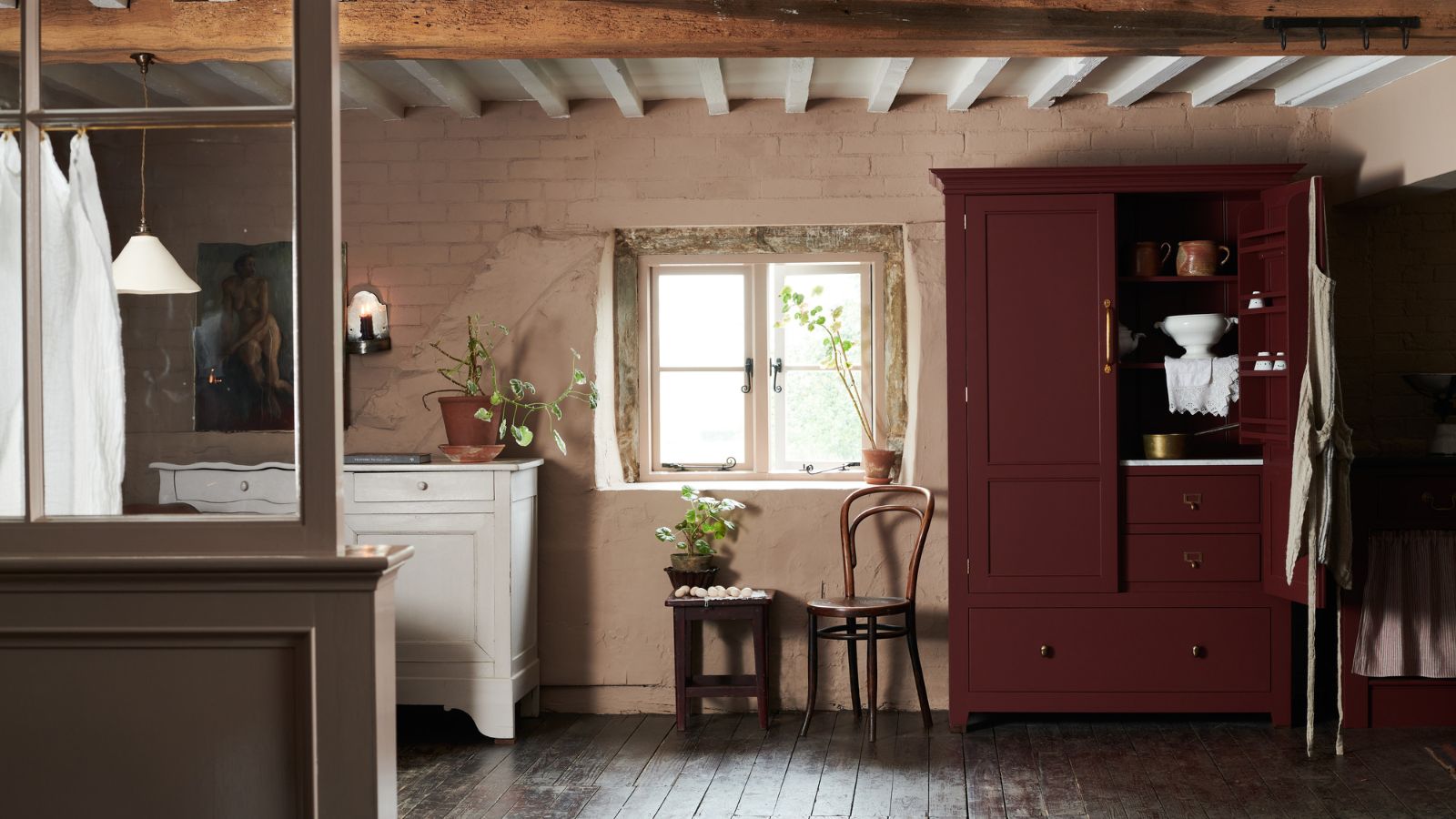 'Wick away the ick' – 6 things people with clean laundry rooms always do to make this hardworking space shine
'Wick away the ick' – 6 things people with clean laundry rooms always do to make this hardworking space shineThese tips on how to clean your laundry room will banish grime
By Seraphina Di Mizzurati Published
-
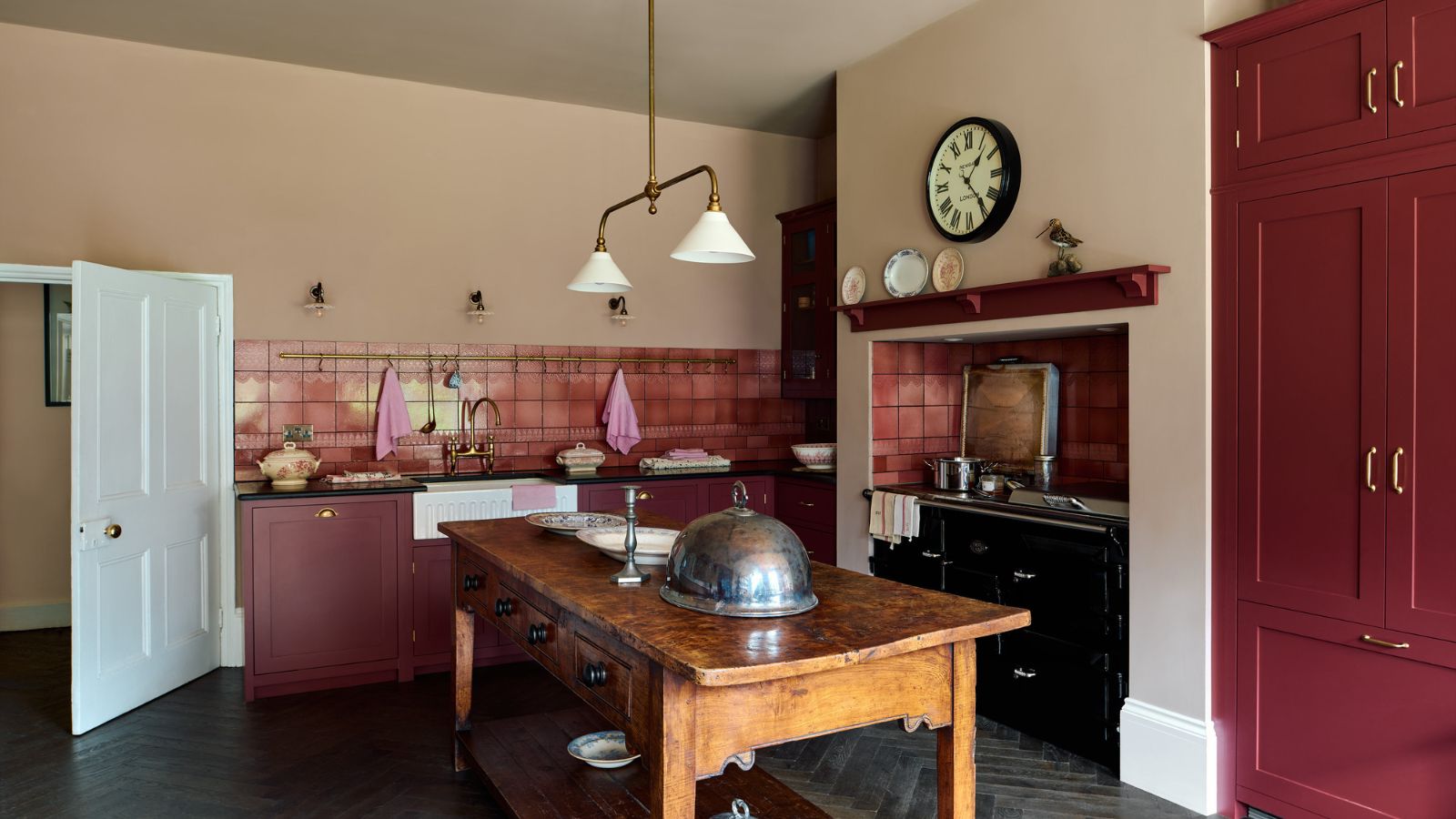 It’s a concept straight out of a fashionista's playbook, but I used the Sandwich Method to organize my kitchen shelves – it’s never looked sleeker
It’s a concept straight out of a fashionista's playbook, but I used the Sandwich Method to organize my kitchen shelves – it’s never looked sleekerIt transformed messy to mesmerizing in a matter of seconds
By Punteha van Terheyden Published
-
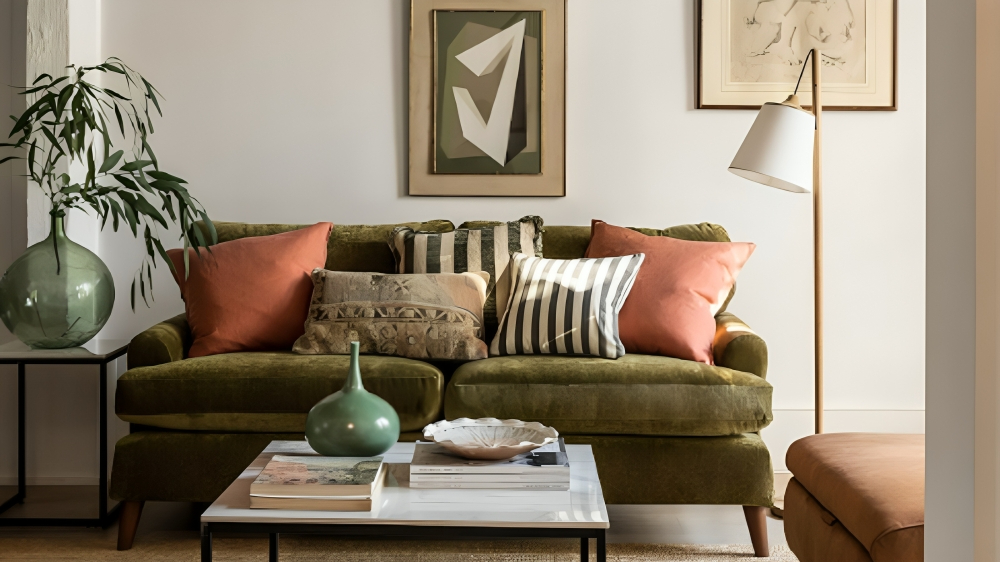 5 low-energy and useful tasks to try instead of doom-scrolling – this brain hack will break bad habits
5 low-energy and useful tasks to try instead of doom-scrolling – this brain hack will break bad habitsExperts urge you to try it for your wellbeing
By Chiana Dickson Published
-
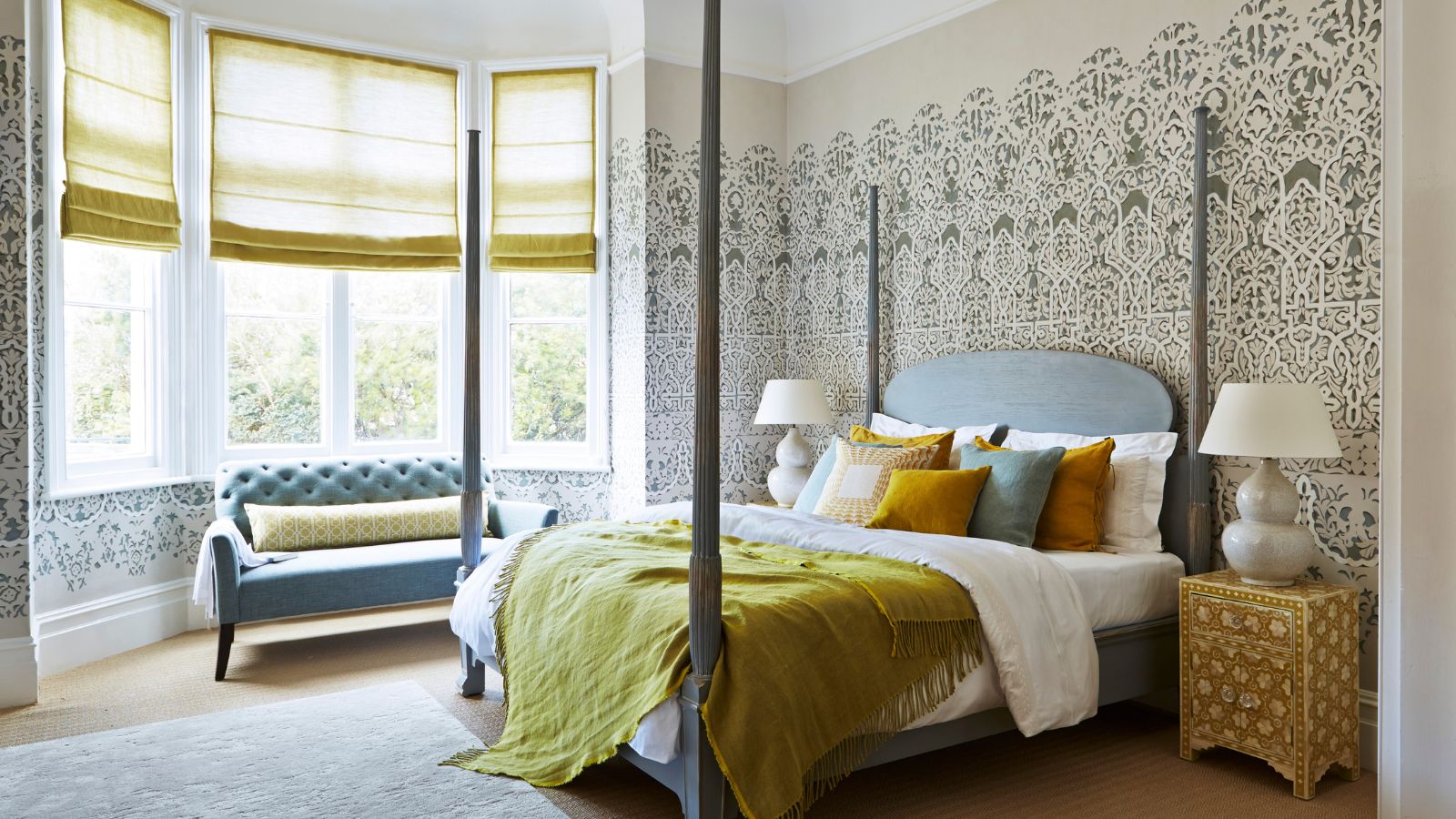 How to store a comforter or duvet properly over the warmer months – pros say 'breathable is the buzzword'
How to store a comforter or duvet properly over the warmer months – pros say 'breathable is the buzzword'Clean, air out, fold and roll your way to a fresh and fluffy duvet
By Ottilie Blackhall Published
-
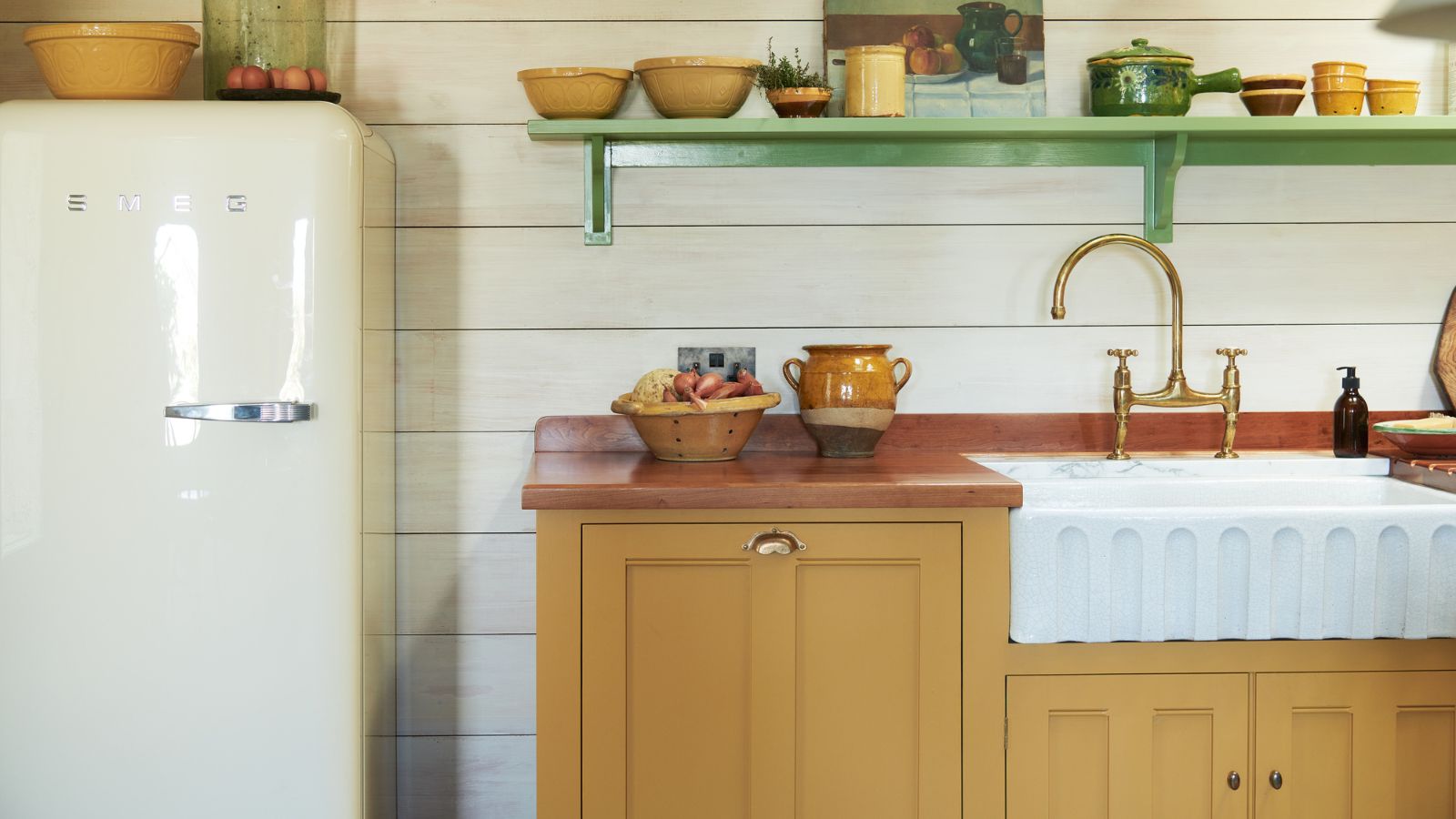 This tiered Joseph Joseph dish rack solved the constant sink-side traffic jam in my kitchen
This tiered Joseph Joseph dish rack solved the constant sink-side traffic jam in my kitchenI wish I’d swapped to it sooner
By Punteha van Terheyden Published
-
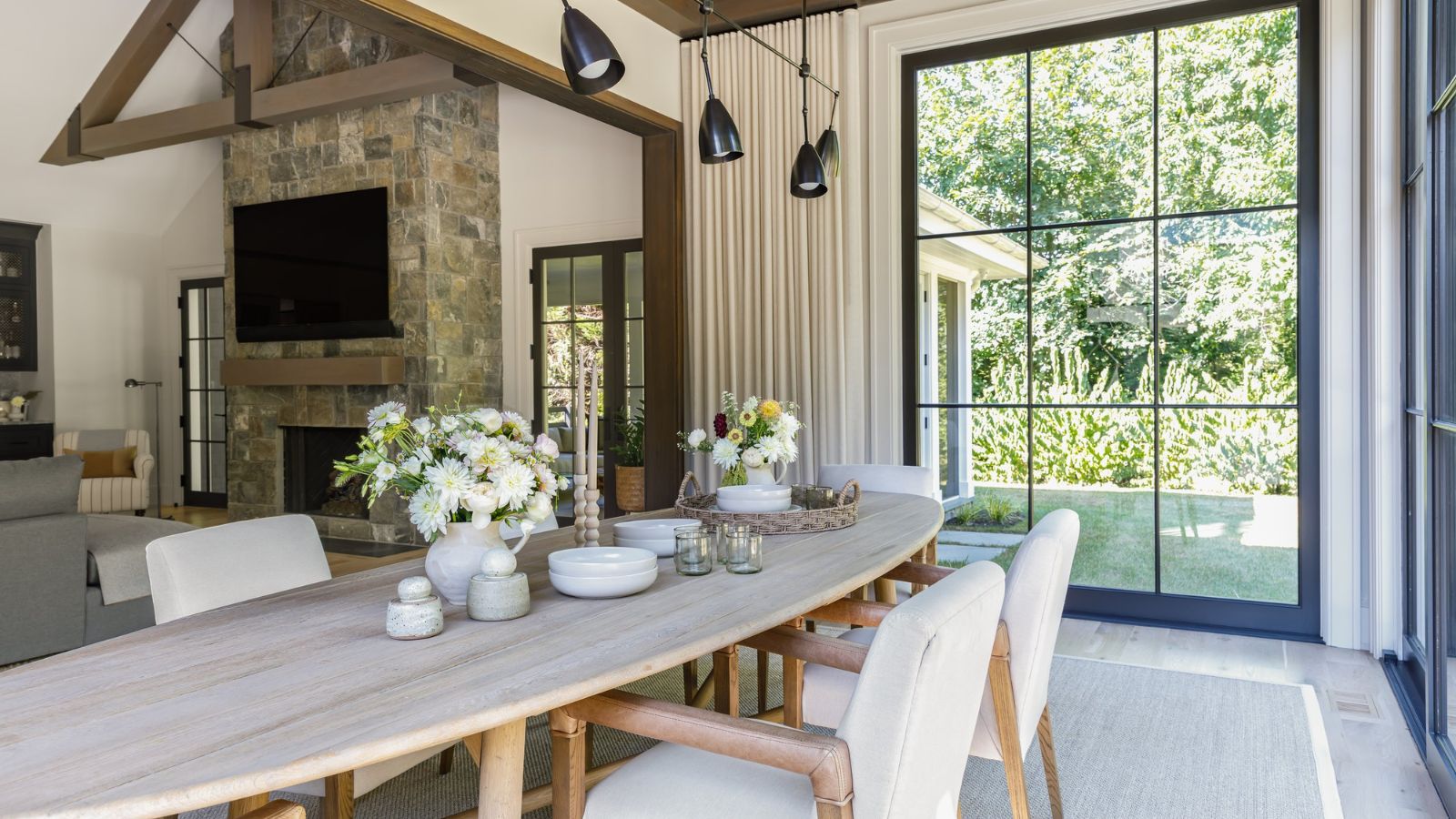 ‘An important tenet in staying organized’ – 6 easy habits for a more minimalist and streamlined home
‘An important tenet in staying organized’ – 6 easy habits for a more minimalist and streamlined homeWorking on these organizational habits will make your home more manageable
By Chiana Dickson Published
-
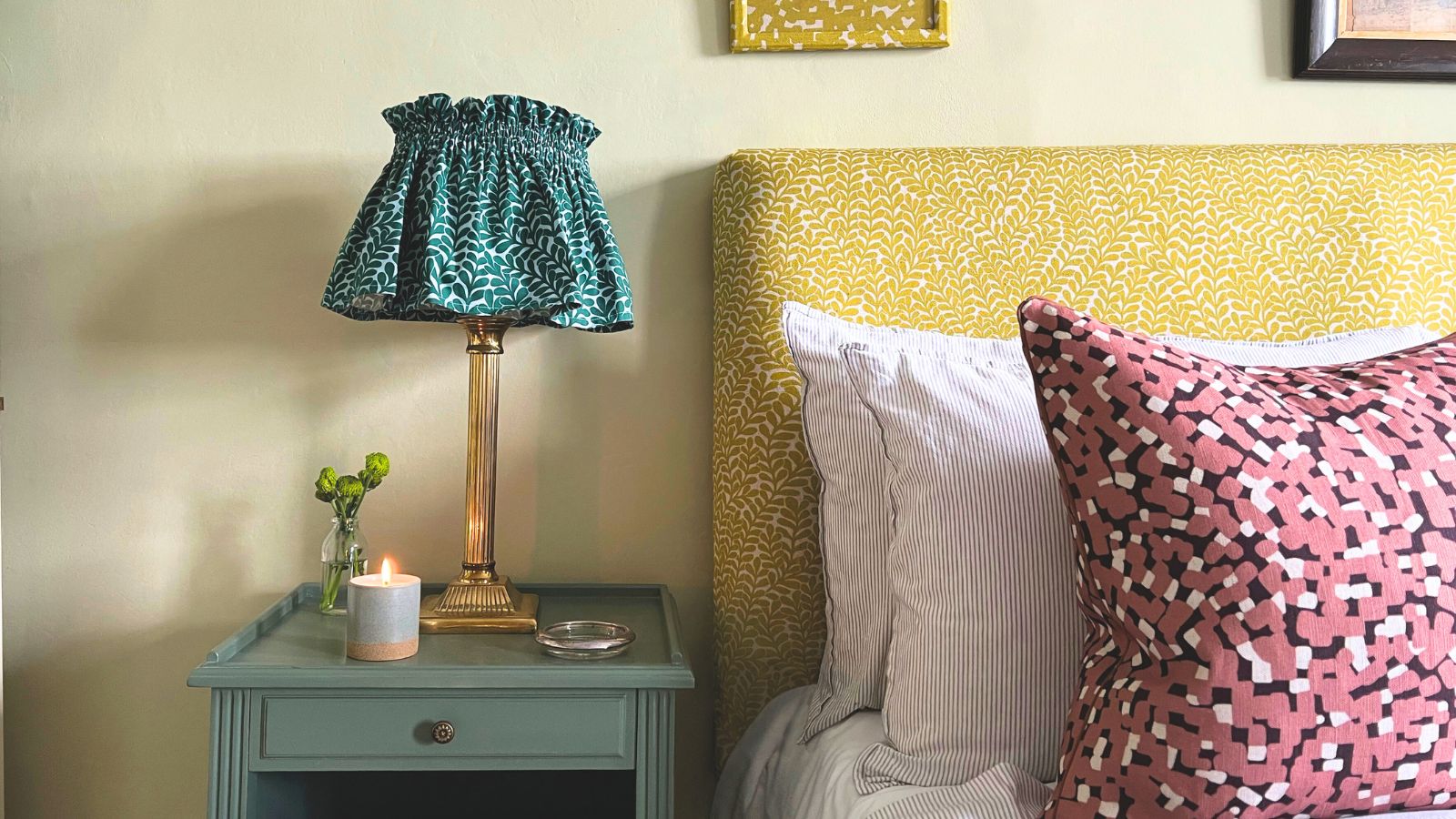 9 things to organize in April 2025 to prepare your home for a season of socializing and warmer weather ahead
9 things to organize in April 2025 to prepare your home for a season of socializing and warmer weather aheadGet sorted now for easier spring and summer get-togethers
By Chiana Dickson Published
-
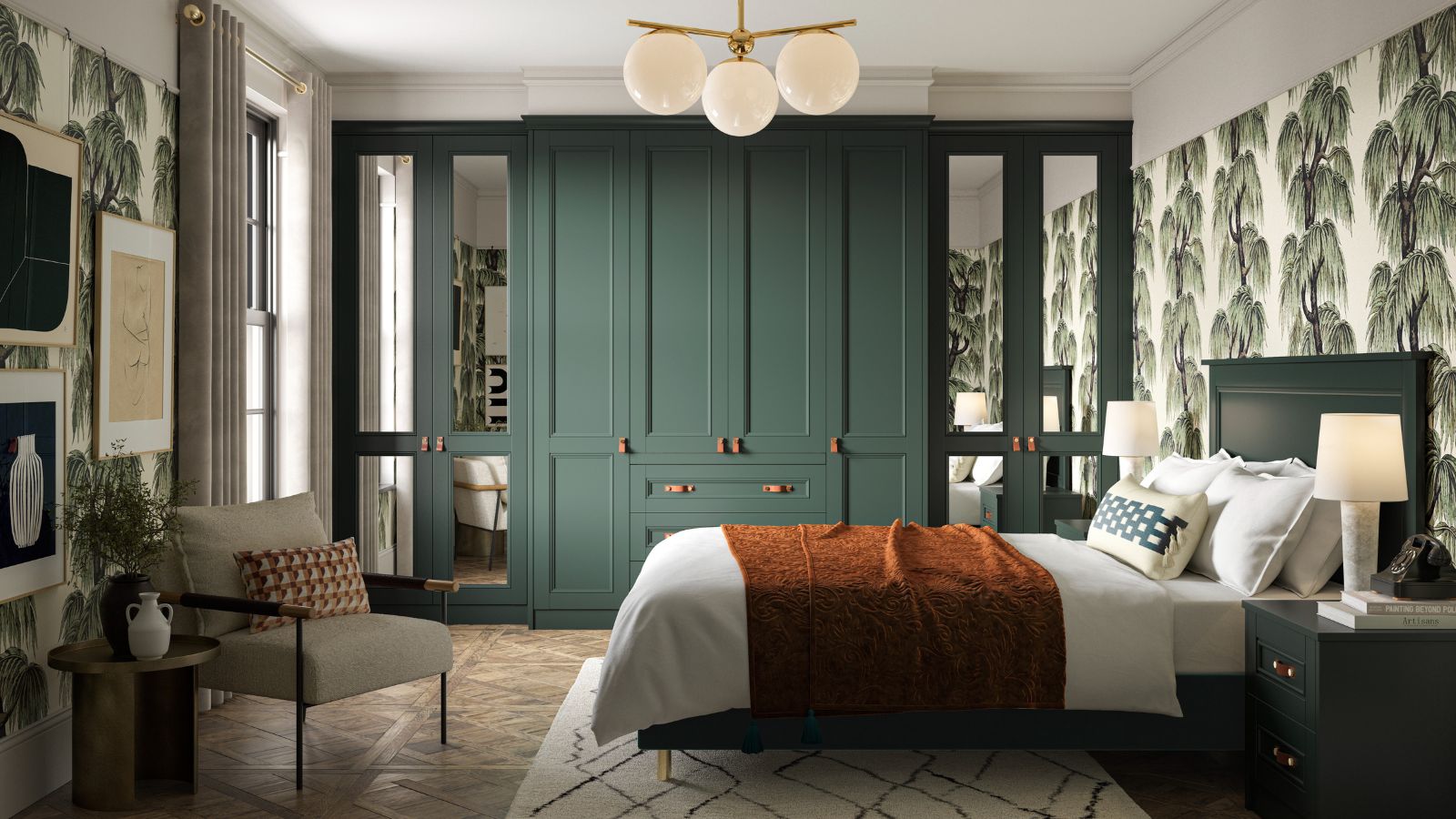 6 warning signs it is time to quickly reorganize your closet and make stressful mornings easy to navigate again
6 warning signs it is time to quickly reorganize your closet and make stressful mornings easy to navigate againIt is not a ‘once-and-done’ task, experts reveal
By Chiana Dickson Published
-
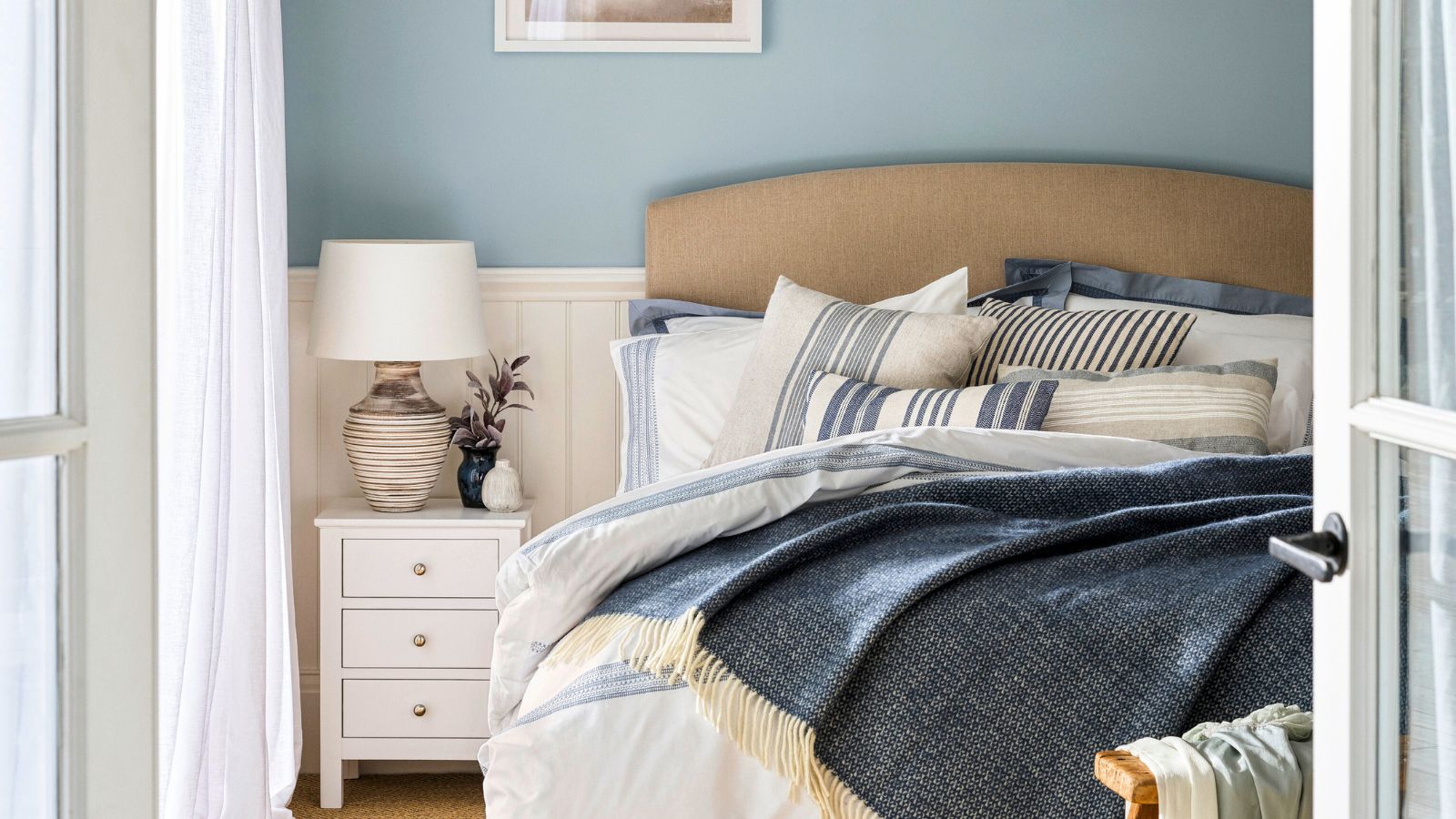 5 bad habits to ditch at home that will save you wasted time and energy on unnecessary chores
5 bad habits to ditch at home that will save you wasted time and energy on unnecessary choresYou’ll have more free time than ever
By Chiana Dickson Published